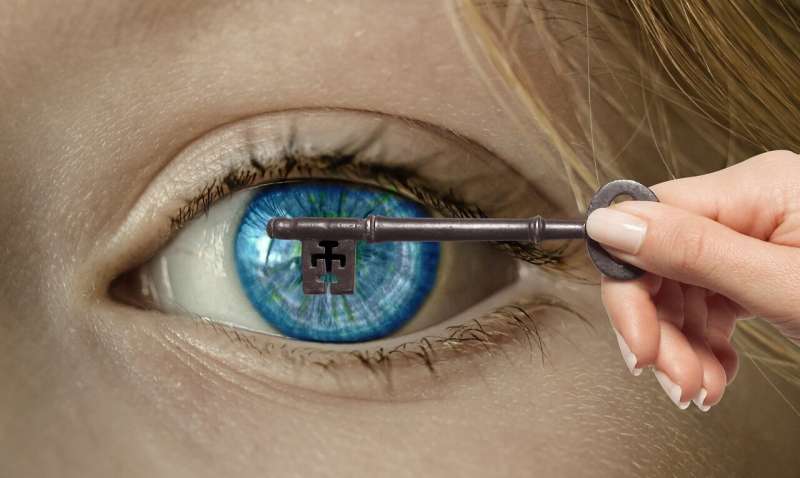This article has been reviewed according to Science X's editorial process and policies. Editors have highlighted the following attributes while ensuring the content's credibility:
fact-checked
peer-reviewed publication
trusted source
proofread
Research finds prediction may be key to eye-and-hand coordination

Have you ever made a great catch—like saving a phone from dropping into a toilet or catching an indoor cat from running outside? Those skills—the ability to grab a moving object—takes precise interactions within and between our visual and motor systems. Researchers at the Del Monte Institute for Neuroscience at the University of Rochester have found that the ability to visually predict movement may be an important part of the ability to make a great catch—or grab a moving object.
"We were able to develop a method that allowed us to analyze behaviors in a natural environment with high precision, which is important because, as we showed, behavioral patterns differ in a controlled setting," said Kuan Hong Wang, Ph.D., a Dean's Professor of Neuroscience at the University of Rochester Medical Center.
Wang led the study out today in Current Biology in collaboration with Jude Mitchell, Ph.D., assistant professor of Brain and Cognitive Sciences at the University of Rochester, and Luke Shaw, a graduate student in the Neuroscience Graduate Program at the School of Medicine & Dentistry at the University of Rochester. "Understanding how natural behaviors work will give us better insight into what is going awry in an array of neurological disorders."
Researchers used multiple high-speed cameras and DeepLabCut—an AI method that uses video data to find key points on the hand and arm to measure movements—to record where the primate is looking and the movement of the arm and hand as it reaches and catches moving crickets. Researchers found an 80-millisecond delay in the animal's visuomotor behavior—the moment when vision and movement click and work together to direct the hand toward the target.
Despite this measurable delay, the primates still grabbed the crickets, meaning that they had to predict the cricket's movement. Using data of both the primates and the crickets the researchers were able to build a detailed model of vision guided reaching behavior.
"These findings allow us to identify unique behavioral control strategies for mechanistic studies and engineering applications," said Wang. "Visuomotor control problems exist in many neurological disorders due to brain lesions, stroke, and genetic factors. This research may help develop computational behavior analysis strategies to precisely characterize behavioral alterations in naturalistic settings and understand their underlying causes."
More information: Luke Shaw et al, Fast prediction in marmoset reach-to-grasp movements for dynamic prey, Current Biology (2023). DOI: 10.1016/j.cub.2023.05.032





















